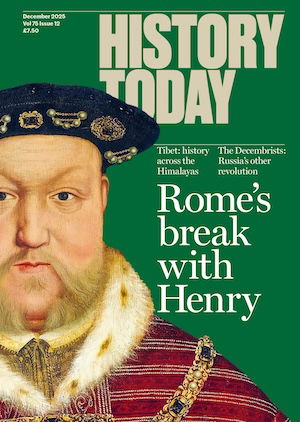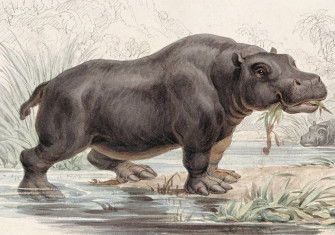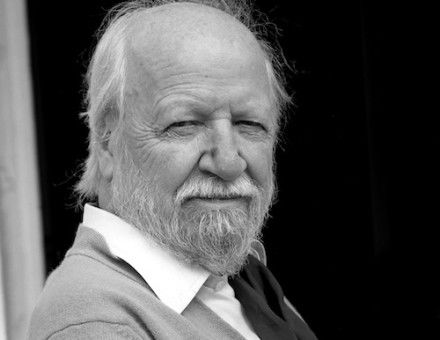Carl Hagenbeck’s Eight Thousand Tortoises
By the turn of the 20th century Carl Hagenbeck’s Tierpark had revolutionised zoo exhibits – and the exotic animal trade.

In the archive of Carl Hagenbeck’s Tierpark (Animal Park), which opened in Hamburg in 1907, there is a remarkable photograph of a few thousand tortoises in two large pens. They were not an exhibit, but they give us a glimpse behind the scenes at the park and point to a key component of Hagenbeck’s success. Born in 1844, when he was a child Carl Hagenbeck’s father, a Hamburg fishmonger, began a side business buying and selling unusual animals – everything from primates to birds to rare reptiles and cats (he even claimed in his 1908 memoir that he had sent an expedition to what is now Zimbabwe to catch a dinosaur) – arriving from all over the world at the busy Hamburg port. Carl took over this business in 1860 and in just a couple of decades built an international network of contacts, becoming a key supplier of animals to zoos, circuses, and private collectors around the world.







